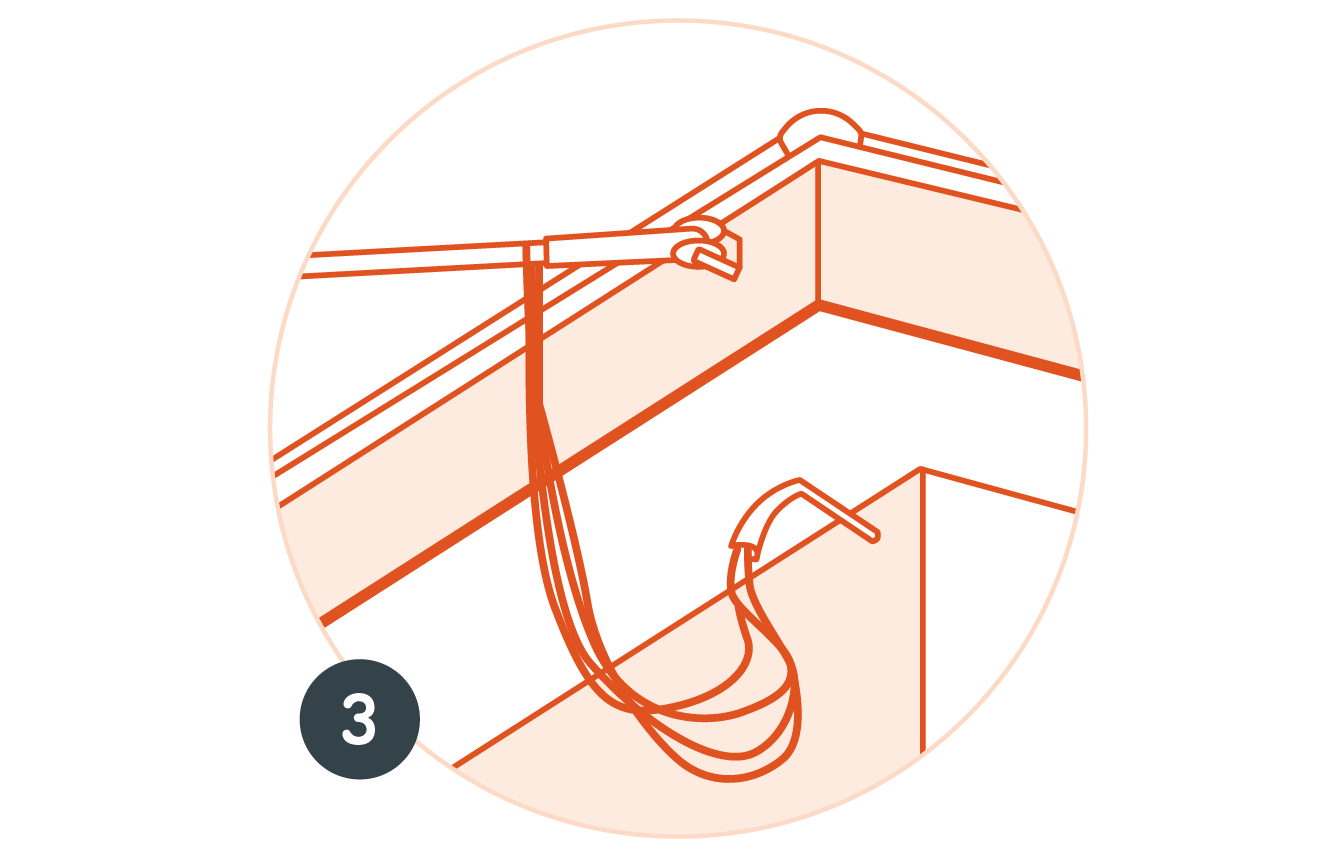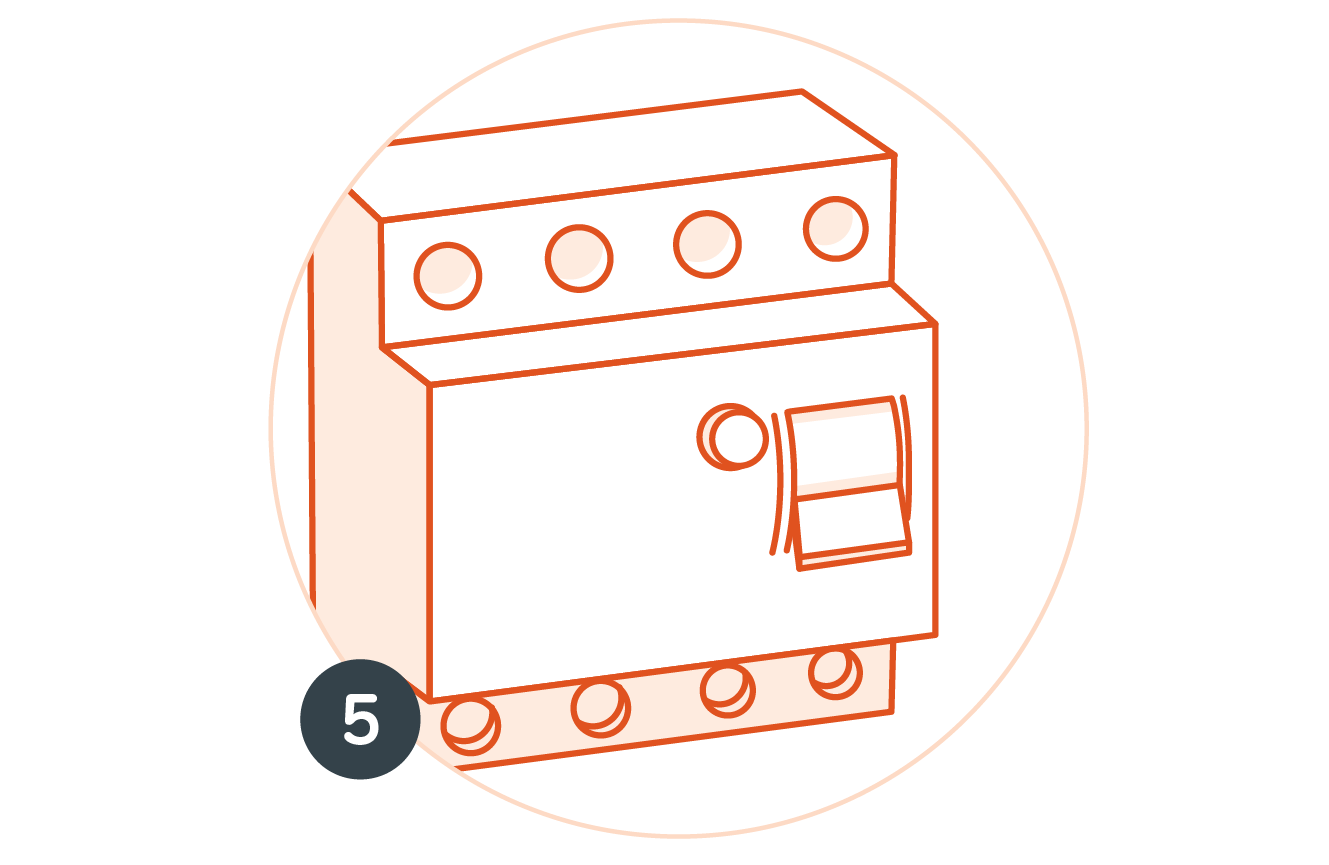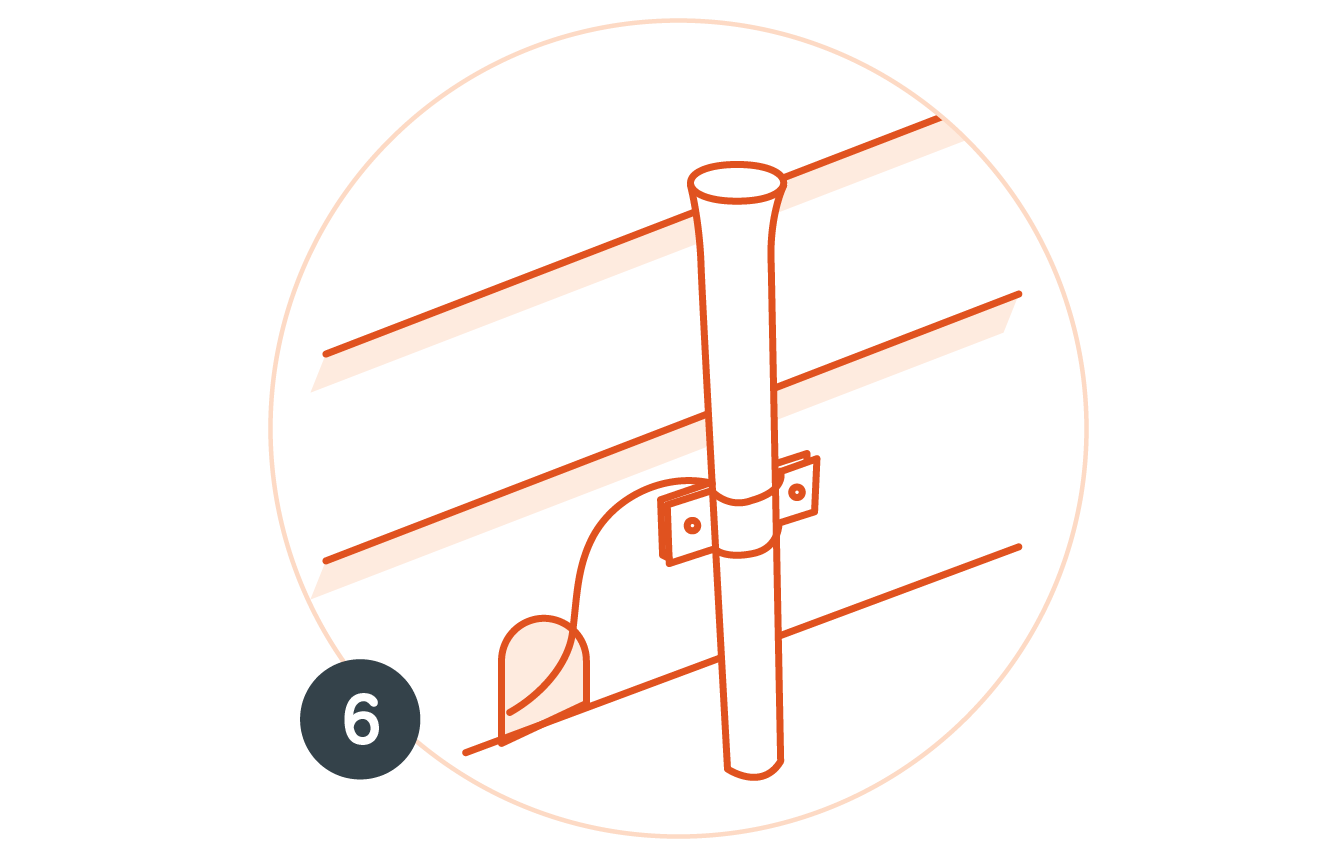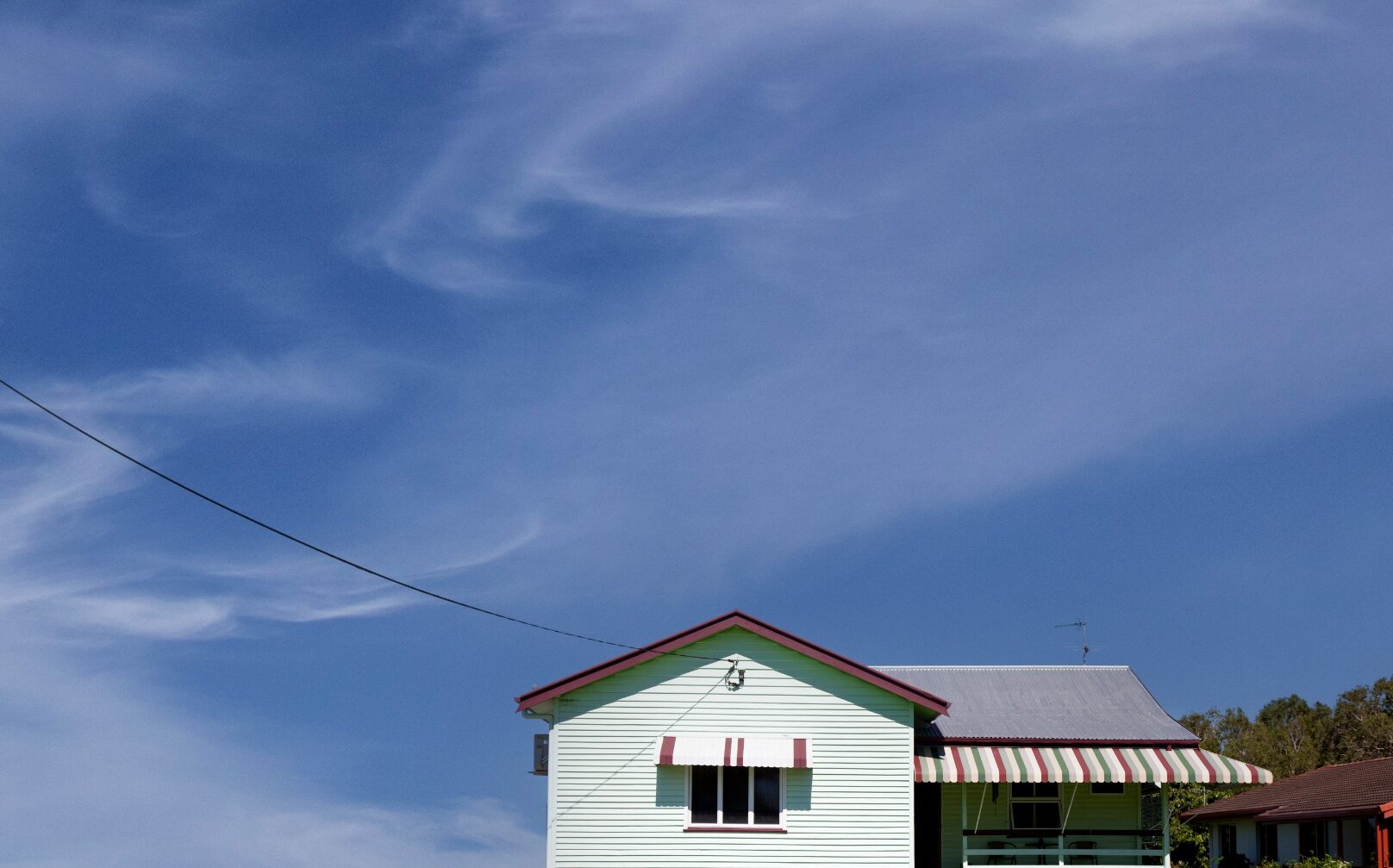Safe home connection

Check your service line
The service line is the power line that connects your house to Northpower’s network. It can be overhead or underground, and if not properly maintained, it can become a serious safety hazard.
Look out for:
- Leaning poles
- Sagging or frayed wires
- Rotten wooden crossarms or pole bases
- Trees or branches growing too close
- Old or worn wiring where the line enters your house
If something doesn’t look right, call us or speak to your electrician. Fixing issues early can prevent accidents, outages, and even fires.

Look for trees near power lines
Overgrown trees and power lines are a bad mix. They can damage your electricity connection, causing outages or even fires. Flickering lights can be a warning sign that your connection is being affected by trees or something else.
If trees on your property are getting close to your service line, you need to manage them. Contact us first, and we can temporarily disconnect your power for free. Never attempt to trim trees within 4 metres of any power line – always use an approved contractor.

Watch for loose or worn connections
The point where the power line connects to your house should be in good condition. If the connection looks loose, frayed, or damaged, or you notice sparks, flickering lights, or a burning smell – get it checked right away.
Only a qualified electrician should inspect or fix this connection. Don’t touch it yourself.

Check your meterbox
Your meterbox helps keep your electricity supply safe, but only if it’s in good condition.
Do a quick visual check to make sure it’s:
- Sealed and watertight
- Free of insects, debris or bird nests
- Easy to access (not locked, buried, or behind furniture or plants)
Don’t open your meterbox. Only check it from the outside. If you spot anything unusual, do not try to clean or fix it yourself. Call a licensed electrician.
If your meterbox isn’t safe or accessible, Northpower may not be able to reconnect your power after a fault or outage.

Test your RCDs
RCDs (Residual Current Devices) are potentially life-saving switches that cut the power if they detect a problem, like a current leaking through a faulty appliance.
They act in milliseconds and can help prevent electric shocks and electrical fires, especially in wet areas like bathrooms, kitchens, or outdoor sockets.
Where to find them:
- In your home’s fuse box (switchboard)
- On extension cords or portable devices with built-in RCDs
- On power tools or appliances used outdoors
Press the “Test” button monthly to make sure they’re working. If in doubt, ask a qualified electrician.

Never remove or cover earth pegs
The earth peg (also called a grounding rod) protects you, your family, and your appliances from electrical surges. It sends fault currents safely into the ground.
Look for:
- A metal rod near your meterbox
- A secure cable connection
- Signs of rust, wear, or damage
Don’t touch it. If it looks damaged or loose, call an electrician. A faulty earth peg puts your safety at risk and may stop your power from being reconnected after an outage.
Need help?

